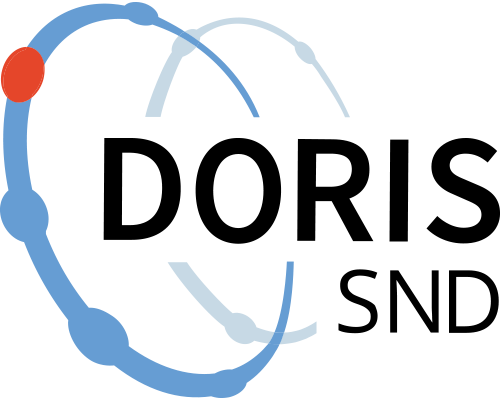GIS-material for the archaeological project: Gällstad-Himna, Linghem_2
https://doi.org/10.5878/001656
The information in the abstract is translated from the archaeological report:
Linköping municipality is working on a local plan for a ca. 250 000 m2 big area west and north-west of Manstorp, Linghem, Törnevalla parish. Due to this the Swedish National Heritage Board's contract archaeology division, UV Öst, has performed a stage 2 survey, followed by a preliminary investigation.During the survey, archaeological remains were discovered in two places; just south of the burial ground RAÄ 32 and in the west part of the survey area. No remains were found in the rest of the area, but concentrations of fire cracked stones in the topsoil, as well as darker areas on the ground surface, indicate settlements destroyed by ploughing. The hollow way consisted of several layers and was bowl-shaped. It has probably been used as a foot- and bridle path. No artefacts were found.
At the preliminary investigation the topsoil was removed by the discovered remains. Only a few more features were found. All features were documented, excavated and removed. The remains represent activities carried out by the burial ground, as well as a small settlement, located on slightly higher ground and partly destroyed by ploughing. They can generally be dated to the early Iron Age. UV Öst suggests that the area might be developed without any further archaeological measures.
Purpose:
The information in the purpose is translated from the archaeological report:
The aim of a stage 2 survey is to conclude whether the development area contains any unmarked archaeological remains.The aim of a preliminary investigation is to determine the character and, if possible, the dating of the remains.
The ZIP file consist of GIS files and an Access database with information about the excavations, findings and other metadata about the archaeological survey.
Citation and access
Citation and access
Method and outcome
Method and outcome
Data collection - Field observation
Data collection - Field observation
Geographic coverage
Geographic coverage
Administrative information
Administrative information
Topic and keywords
Topic and keywords
Relations
Relations
Metadata
Metadata
Version 1.0

Uppsala University